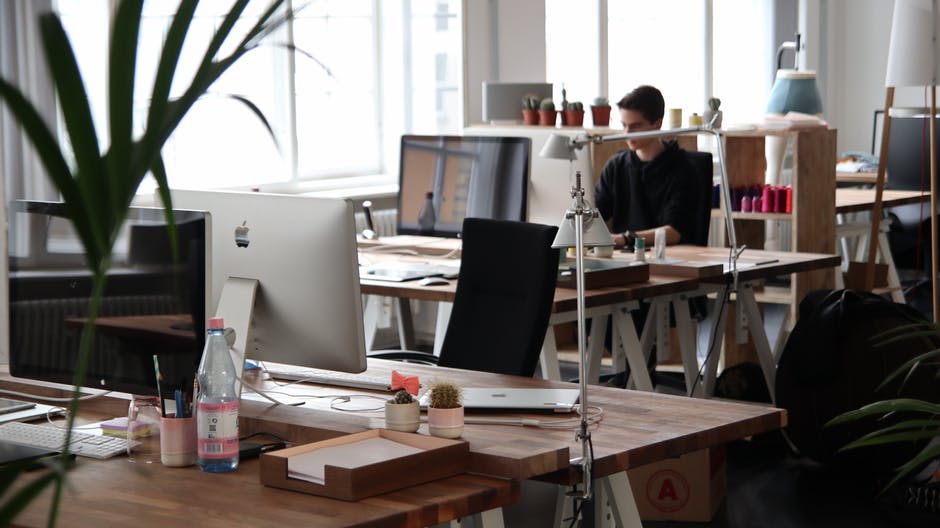Although the phrase has been coined by Starbucks, the ‘third space’ offers more than a great coffee. A third space is comfortable, sociable and variant. When visiting a Starbucks, the experience is in your hands. You can choose whether you want to be social or sit quietly with a strong Wi-Fi connection, headphones in and world out.
The homely comforts of this type of environment support well-being and nurture human interactions, but, can a collaborative, casual space in the workplace improve employee engagement and satisfaction? And is replicating a coffee shop environment enough?

Well-being is essential for office culture
Businesses are placing more emphasis on supporting well-being, as it’s apparent that happy employees are better engaged and more productive. Wellbeing has become part of office culture, through organised events; job understanding; sense of purpose; ergonomics and finally having the correct tools, resources and space to perform to a high standard.
The working environment is key for making well-being tangible. Having a third space where employees can collaborate in a casual setting and interact together helps to generate trust and build interpersonal relationships, thus supporting the workplace culture.
If first space is the home and the second space is work, where is the third space?
At work, it can be an onsite café, a break room or a lounge area. Regardless of what you choose to call it, a third space is loosely defined as an area where people can interact with one another and carry out job functions away from the traditional and often un-inspirational office setting.
Whilst the majority of people will say that they still feel most productive at their desk, the trend for open office environments lends itself perfectly to distraction. A third-space can be an area where workers can go to get their heads down to work independently, with limited distraction. Contrastingly, a third space can also help balance productivity, creativity and innovation, with the relaxed setting being the perfect place to bounce ideas around informally, with co-workers.
Informality is key. A third space should be adaptable for the purpose that it is required to fulfil at any given time.
It’s more than a millennial led gimmick
Flexible work hours; uncapped holidays; annual organised events and office doggies. 20 years ago, these workplace perks were unheard of.
Enter the millennial.
There is a massive demand for workplace perks amongst younger workers, and with so much competition, it’s vital for businesses to think outside the box to ensure they attract the best talent. A third space is a functional incentive that can help attracts skilled employees to your culture, by offering the diversity that modern workers crave. Most organisations will have employees spread across all generations and it’s as important to retain old staff as it is to attract new team members.
Each working day is different and the ability to adapt the workspace based on what work needs to be completed and what type of mood you are in can have a huge impact on workplace happiness. Control over how you want to work and where you want to work is essential for engagement. This is something that appeals to staff members of all ages as workplace freedom empowers staff. Offering a variety of unique work areas, with different atmospheres, is likely to positively impact a business as the space we inhabit influences our creativity, engagement and day to day interaction.
Content by Daniel Walsh; Online Marketing Manager Hunts Office




